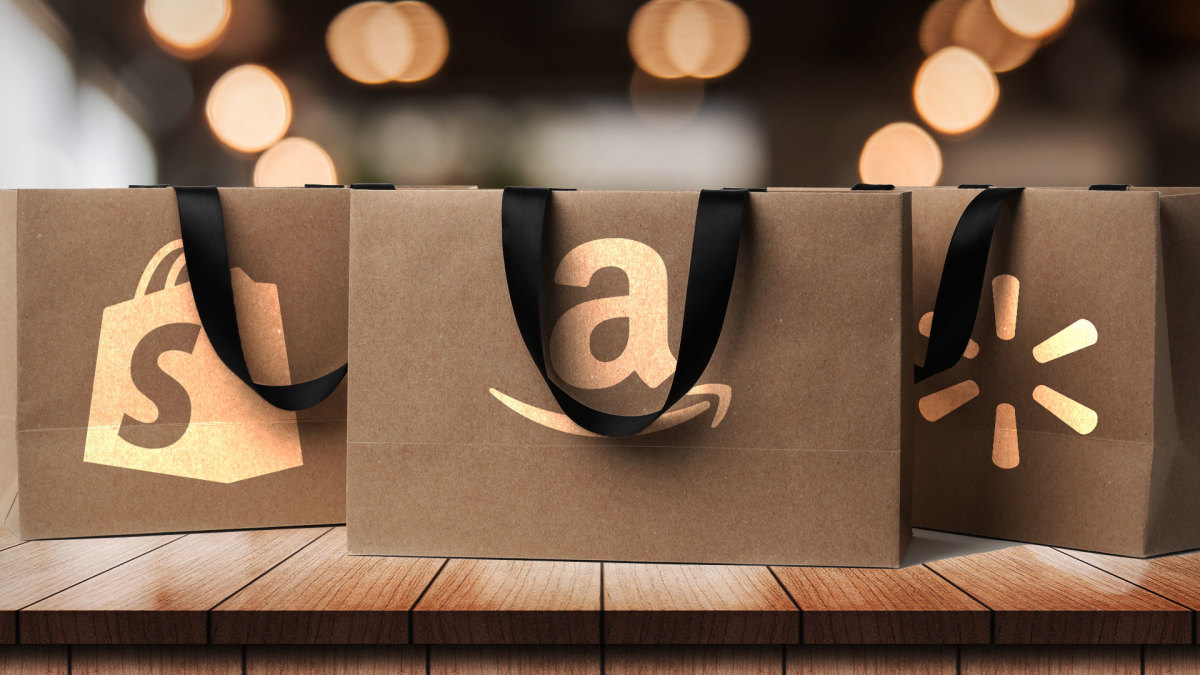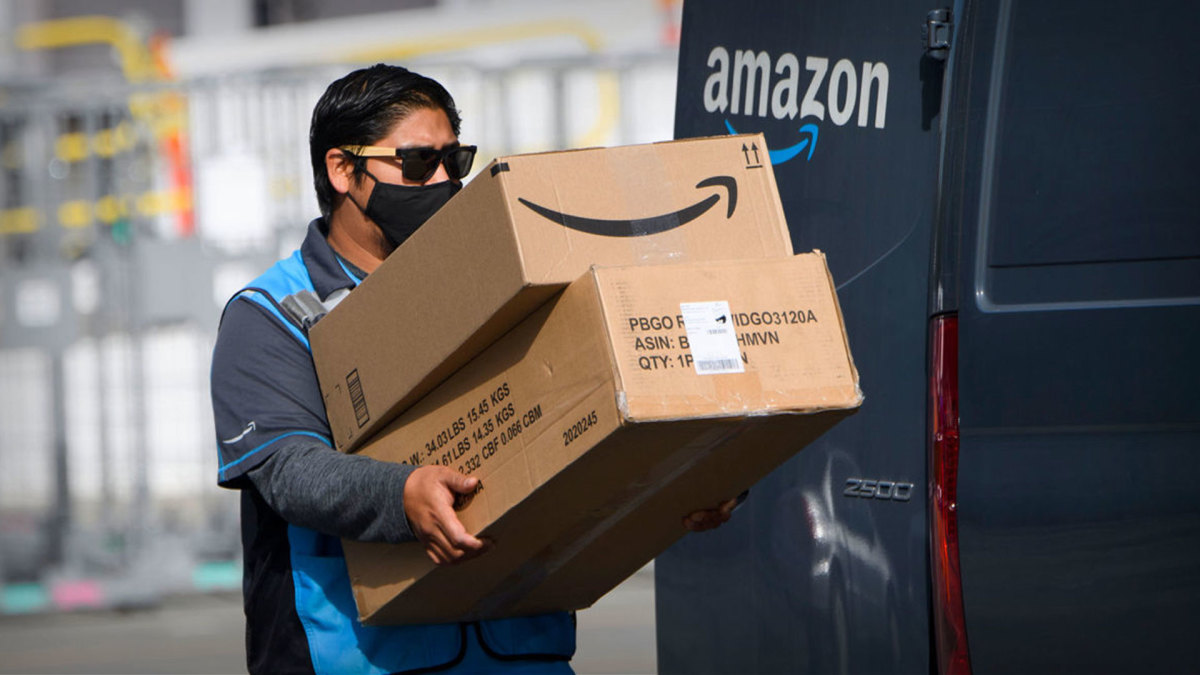
Amazon and Walmart often seem like two heavyweight fighters in a boxing movie.
They trade blows at a rate that seems impossible. One side throws a big punch, and the other counters with a haymaker of its own. It's a case of which side can hit the hardest, and whenever it seems like a knockout blow lands, well, the other company manages to punch back.
DON'T MISS: Walmart makes a first-ever change to prevent crimes in superstore
For years, the two retail giants have battled over delivery speeds. Amazon spent billions establishing two-day delivery as table stakes, and Walmart (WMT) -) took years to offer the same thing (and it still only offers a fraction of its rival's selection). That escalated to same-day delivery, which Amazon offered first before Walmart countered with same-day grocery delivery as well as curbside pickup.
It's an arms race which has been good for consumers. Both retailers have offered better service and faster delivery without charging more.
Now, both companies have made very different moves that should also benefit their customers.

Image source: PATRICK T. FALLON/AFP via Getty Images
Walmart expands its third-party marketplace
Walmart wants to build up its third-party marketplace to rival Amazon's. Third-party-sellers are retailers that use Walmart (or Amazon (AMZN) -)) as a storefront. It's a strategy that has helped Amazon offer millions more items than it otherwise could.
In many cases, third-party sellers actually pay the retail leader to warehouse and ship their goods. Walmart hosted an in-person event on Aug. 30 to welcome new sellers to the program. The retailer plans to expand its Marketplace -- which only operates in the U.S., Canada, and Mexico -- to Chile in 2024.
"Additionally, the retail giant is continuing to roll out dedicated digital brand storefronts called Brand Shops, which give third-party sellers additional control over their pages with options like curated assortments and seasonal selections," RetailWire shared.
Walmart also has a deal with Shopify (SHOP) -) which gives sellers on that digital platform access to the retailer's Marketplace. That, in some ways, will put the chain in even more competition with Amazon given the digital retailer's latest move.
ALSO READ:
- Battle of the 'Best Fast-Food Breakfast Sandwich' Ends with a Clear Winner
- Costco Bakery Introduces 5 New Tempting Desserts
- Flight Attendants’ Gross Warning About Airplane Seats Have People Disgusted
- Woman and Family Infected With Bed Bugs at Well-Known Las Vegas Hotel
Amazon Pay comes to Shopify
Amazon once tried to get brick-and-mortar retailers to use its Amazon Pay system as their point-of-sale (POS). That never caught on. Few retailers trusted that Amazon would not use their sales data to compete with them. Amazon has used its data to make knockoffs of best-selling products on its digital platform.
The online retail leader, however, has succeeded in getting Shopify, once a key rival, to add the "Buy with Prime" feature to Shopify stores. Buy with Prime fully integrates into Shopify's checkout process.
"Prime members check out using their Amazon account within your existing Shopify checkout flow and can use gift cards and promotions," Amazon shared on its website.
This marks a major change for Shopify which once considered itself an Amazon competitor and specifically outlawed the use of "Buy with Prime" in its stores.
"This new app will enable Shopify merchants to offer Prime members fast, free delivery, and easy returns outside of Amazon for the first time ever. This will give their customers more flexibility in how they make their purchases from the independent brands they know, love and trust," Shopify shared on its website.
Shopify President Harley Finkelstein framed the decision to partner with Amazon as giving customers more choice in video comments on the deal.
"Merchants can give Prime members access to Prime benefits like fast and free delivery outside of Amazon.com for the first time ever. This will give customers more flexibility in how they make their purchases from the independent brands they know, love, and trust," he said.
Adding Buy with Prime as an option allows Shopify stores to capture sales without needing a customer to create an account.







